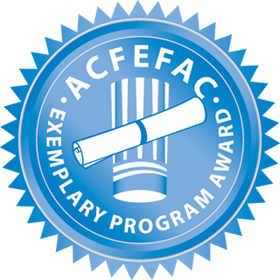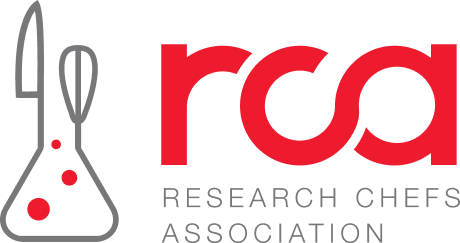Investment Structure
Active vs. Passive Investment
An active involvement in your restaurant means the investor actively partakes in the decision-making process, influencing menu curation, establishment decor, and personnel selections. Conversely, a passive investor merely contributes financially to your venture, occasionally providing suggestions but ultimately leaving the reins in your hands.
Delve into Your Business Blueprint and Forecasts
According to the National Restaurant Association, there’s an annual flux of roughly 60,000 restaurant inaugurations juxtaposed against 50,000 closures. Though not every closure spells doom, it underlines the industry’s dynamic nature. Venturing into a brand-new restaurant? Remember, there’s no past performance to gauge or predicate forthcoming prospects on. Engaging with McFadden-Finch for guidance in sculpting a robust financial outlook becomes paramount. This will aid in discerning if the business strategy aligns well with regional forecasts.
Deciphering Investment Yield and ROI
The essence of ‘Investment Yield’ is the revenue amassed from a restaurant venture over a distinct timeframe – a crucial metric while contemplating restaurant investments. Also, introspect the potential Return on Investment (ROI) before pledging your capital. It’s worth noting that the typical ROI timespan for restaurants oscillates between three to five years.
Pondering over restaurant investment avenues? McFadden-Finch stands as a beacon of expertise. With an illustrious journey spanning over three decades, intertwined with myriad gastronomic ventures and diverse hospitality operations, our team can illuminate the path to judicious investments. We not only help identify promising opportunities but also spotlight areas ripe for enhancement, amplifying your ROI. Embark on this culinary expedition with McFadden-Finch. Reach out today!
Contact McFadden-Finch's restaurant marketing consultants today to kickstart your brand development journey!











